No products in the cart.
Antenna Stingray (Plesiotrygon iwamae)
The Antenna Stingray is one of the most unique and captivating freshwater stingray species found in the upper Amazon River Basin. Known for its extremely long, whip-like tail, this stingray stands out from other species due to its graceful shape and subtle spotted markings. The disc is typically a soft brown or sandy color, patterned with small dark spots that provide excellent camouflage on riverbeds. In the wild, this adaptation allows it to blend perfectly into the sandy or muddy bottoms of South American waterways.
The Antenna Stingray is a bottom-dwelling predator that uses its electroreceptors to detect prey such as worms, small fish, and crustaceans. In captivity, it requires a very spacious aquarium—at least 300 gallons—with a soft sandy substrate to protect its delicate underside. Decorations like smooth rocks and driftwood can help create a more natural environment, while open swimming areas are essential for its comfort and well-being.
Water quality is critical for keeping Plesiotrygon iwamae healthy. They thrive in temperatures between 26–29°C (79–84°F), soft to moderately hard water, and require efficient filtration to maintain pristine conditions. Because they are sensitive to poor water quality, frequent water changes are important.
Feeding Antenna Stingrays in captivity is straightforward for healthy individuals, as they readily accept live or frozen foods like shrimp, bloodworms, blackworms, and small fish. They are generally peaceful toward other large, non-aggressive fish but should not be kept with species that nip at fins or tails.
Due to their size, specialized care requirements, and rarity, Antenna Stingrays are best suited for advanced aquarists who have experience with large freshwater species. Most available specimens are wild-caught, so it is important to ensure ethical sourcing and proper acclimation to reduce stress.
Learn more about freshwater stingrays from the Smithsonian’s National Zoo
Frequently Asked Questions (FAQs)
1. How large do Antenna Stingrays grow?
They typically reach a disc width of 12–18 inches, with a tail that can be several times longer.
2. Are Antenna Stingrays dangerous?
They have a venomous barb used for defense, so handling should be avoided.
3. What do they eat in an aquarium?
They enjoy a varied diet of shrimp, worms, small fish, and other meaty foods.
4. Can they live with other fish?
Yes, but only with peaceful, large tankmates that will not nip at their disc or tail.
5. Are they suitable for beginners?
No, they are best kept by experienced aquarists with large, specialized aquariums.
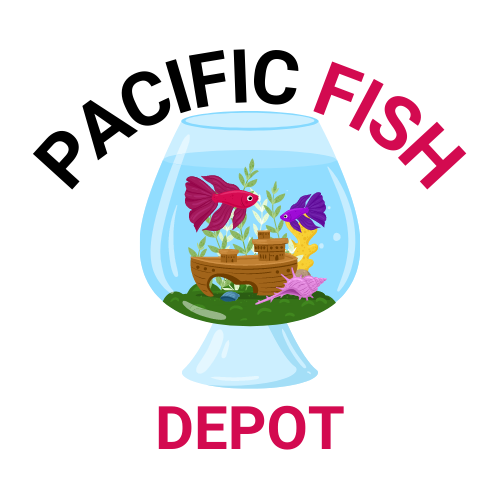

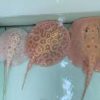

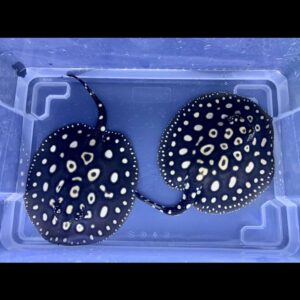
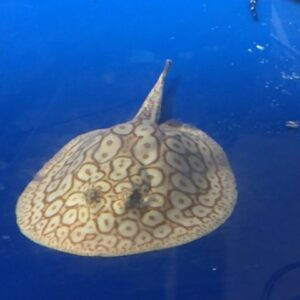

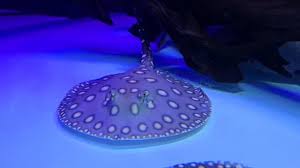
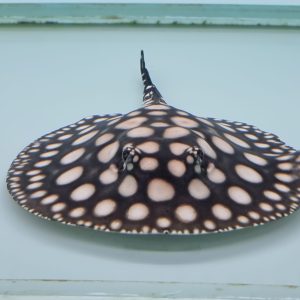
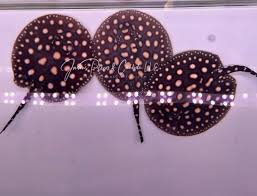


Reviews
There are no reviews yet.